What Is A Morton’s Neuroma?
A Morton’s neuroma, or perineural fibroma, is the enlargement and fibrosis of a small nerve known as the common digital nerve.
First, some quick anatomy to put everything into perspective:
The forefoot as shown in Image a, is made up of the metatarsal bones (labelled 1) and the phalanges (labelled 2).
There are numerous arteries, veins, nerves, tendons, ligaments and other structures that reside in or travel to the forefoot.
In this particular case, we are going to focus on the nerves of the forefoot.
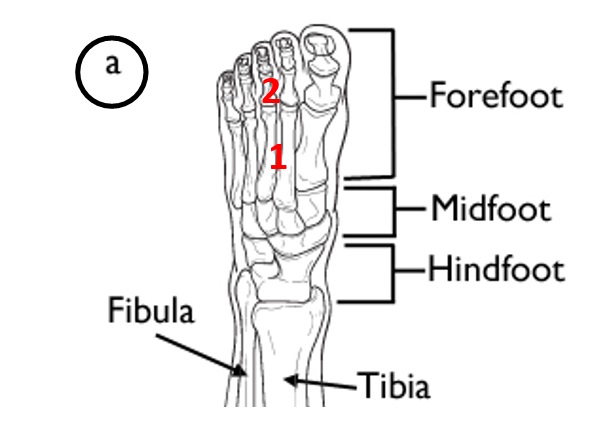
A Morton’s Neuroma occurs due to entrapment of the nerves in these areas. This can be a result of:
- repetitive friction from a ligament that runs transverse from the big toe to the fifth toe.
- Pressure compressing the space between the metatarsal bones
- Friction from a bursa (a fluid filled sac like structure that cushions a joint)
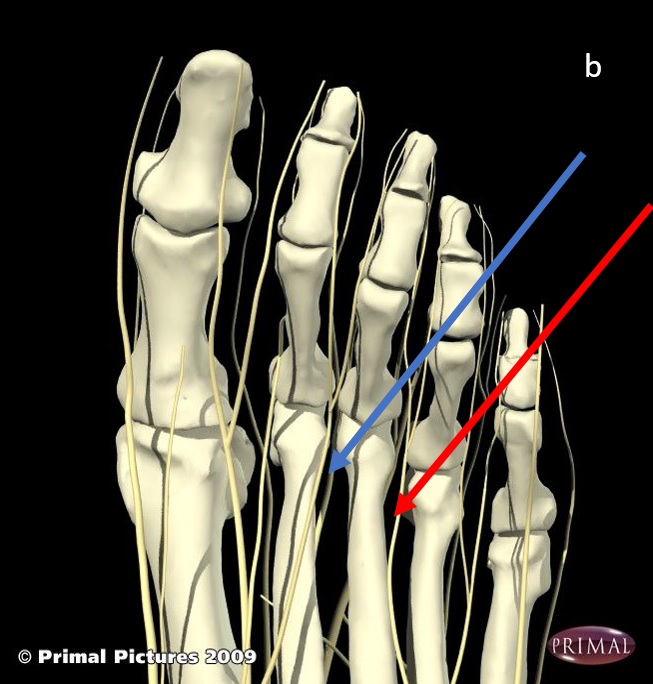
Image b shows all of the nerves in the forefoot. The red arrow points to the most common area that a Morton’s Neuroma presents.
The blue arrow points to the 2nd most common area.
Approximately 1 in 10 people in Australia have a Morton’s Neuroma, and women are affected more than men.
What Are the Symptoms of a Morton’s Neuroma
The symptoms that are experienced by someone that has a Morton’s neuroma include:
- Feeling like you are walking on a pebble
- Burning or tingling sensation radiating into the forefoot
- Increase of pain when wearing high heeled, pointed or ill-fitting shoes
- Generalised numbness of the forefoot region
- Generalised cramping pain in the forefoot for up to two hours after getting into bed of a night
Many people with a Morton’s Neuroma report knee, hip or back pain also as the way you walk is altered to compensate for the pain in the forefoot.
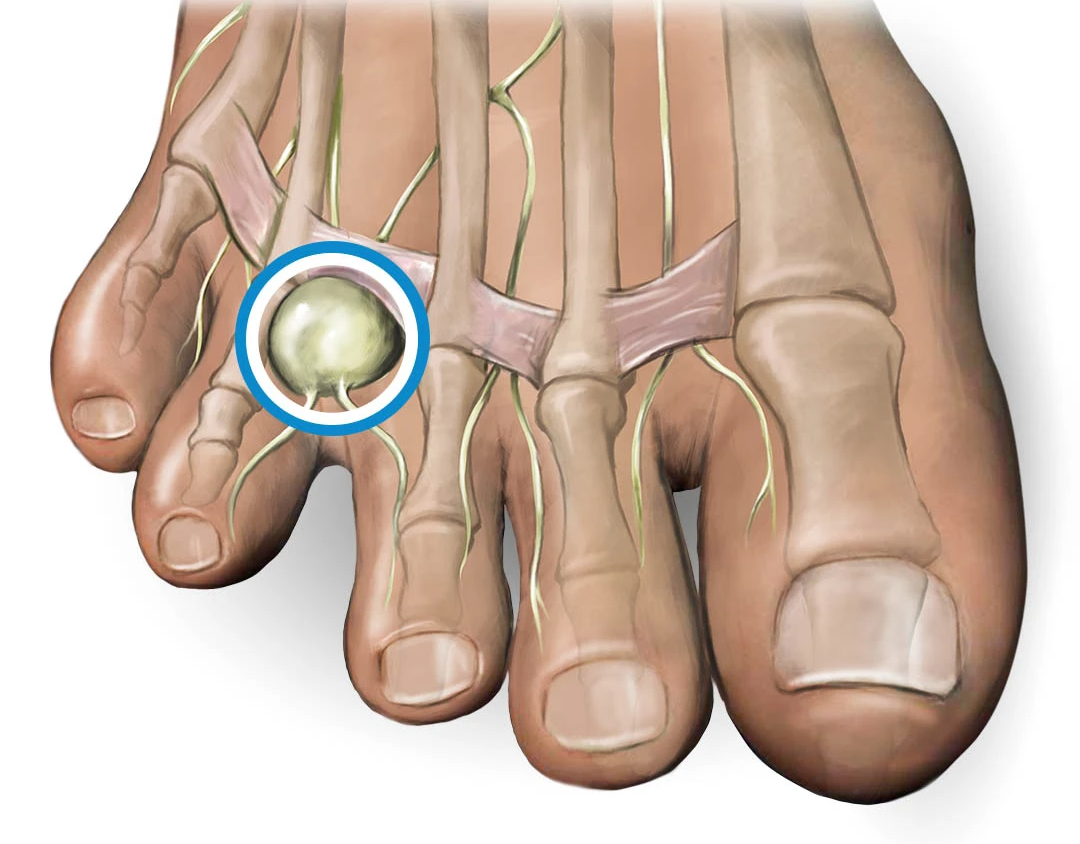
Diagnosis of a Morton’s Neuroma is carried out by podiatrists at Erica Dash Podiatry through a number of small clinical tests, and treatment can begin on the spot to reduce pain and discomfort.
Treatment for a Morton’s Neuroma
The best treatment method is determined based on the cause, size and location of the neuroma, as well as the symptoms a patient is experiencing.
The most common and effective way to treat a Morton’s Neuroma is through footwear modification and orthoses with an addition built in by the podiatrist to offload the space between the metatarsal bones.
This reduces the pressure on the neuroma and generally reduces or eliminates symptoms.
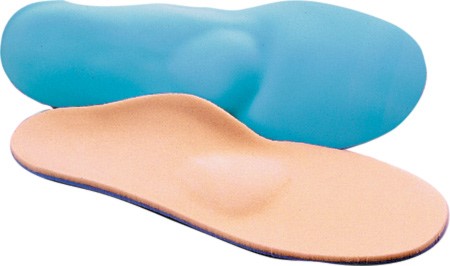
Footwear can be an enormous contributor to the development of a Morton’s Neuroma and ongoing pain.
Footwear needs to provide support for the midfoot and rearfoot, and have adequate depth and width at the toe box.
The below footwear examples do not offer these features, and can become major causative factors for a Morton’s Neuroma.

Women are more likely to have a Morton’s neuroma as they are more likely to spend more time in high heeled, pointed, unsupportive shoes.
Although men often present in ill-fitting shoes that are too narrow for their forefoot.
If the above-mentioned treatment method is unsuccessful, there are various procedures that can be undertaken to reduce the pain the patient is experiencing.
This is something our podiatrists can discuss with you should it be necessary.
Surgery
There is a surgical option available should conservative treatment options prove unsuccessful.
This would be carried out by a podiatric or orthopaedic surgeon, is generally a one day procedure, and most activities can be resumed after approximately 6 weeks.
Article by Jacqueline Horne
B Pod, MAPodA

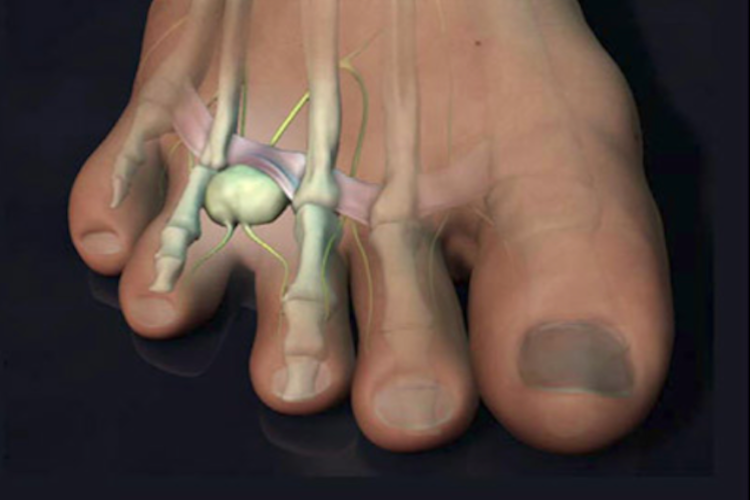
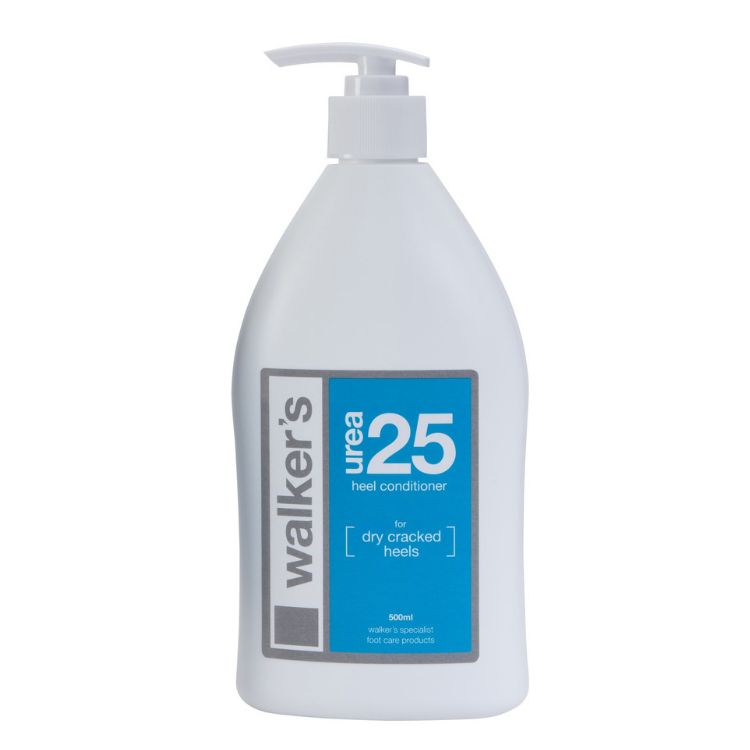
0 Comments